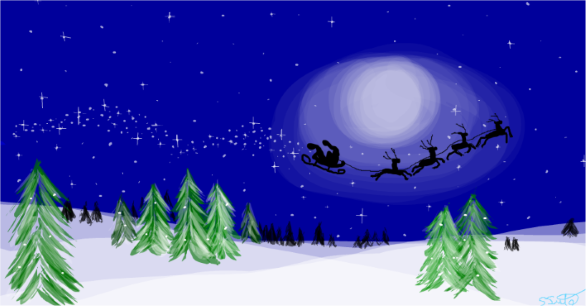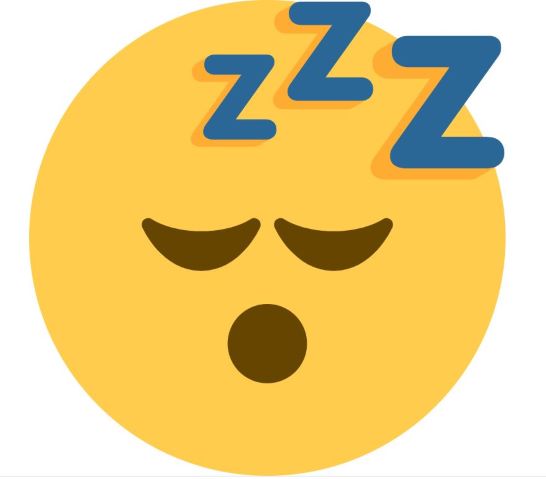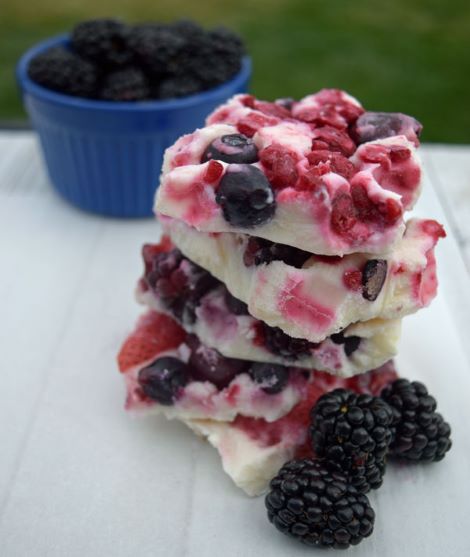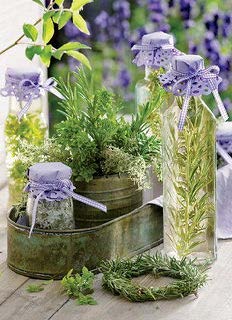In this edition
- December Means Longer Nights, Less Sleep
- Additional Tips for Good ZZZs
- Register for Virtual Bingocize
- Simply Delicious: Easy, Healthy Meals with Chef Suzy
- Festive Fruit Bark
- Mixed Berry Chia Jam
- Herb or Fruit Vinegars
About the Newsletter
Monthly newsletter covering: getting more sleep as the December nights get longer; tips for getting good ZZZs; Easy, Healthy Meals with Chef Suzy cooking show and virtual Bingocize registrations; and healthy recipes for holiday gift giving.
December Means Longer Nights, Less Sleep

Photo credit, © 2011 Shelly ʕ•ᴥ•ʔ . Merry Christmas to All and to All a Good Night » drawings » SketchPort
Longer nights don’t always mean longer sleep. Older adults with insomnia often have trouble falling asleep, staying asleep or may wake up early and are unable to get back to sleep. This can cause sleepiness and fatigue during the day. Those 60 years and older are also at a higher risk for other sleep disorders such as obstructive sleep apnea that can lead to insomnia. Chronic insomnia is a common sleep disorder in aging. It is common to turn to prescription sleep aids, which may help when used for a
short time but are not a cure for insomnia. They can also cause side effects such as loss of coordination and balance, contributing to higher rates of falls and injuries in older adults. Being older does not mean you have to be tired all the time or use medication as your only treatment for insomnia as there are other more effective options. The most recent effective treatment for insomnia is learning to change your behavior. Often with insomnia, people develop unhelpful behaviors to cope. You may stay in bed for longer periods hoping for sleep, or you may have worried thoughts that you won’t be able to sleep tonight without your medication. Over time these behaviors can cause your insomnia to worsen. This therapy recommends changing your behaviors to improve your sleep such as following a regular sleep schedule by going to sleep and getting up at the same time each day. Avoid napping in the late afternoon or evening because naps can keep you awake at night. Try to develop a bedtime routine to allow yourself time to relax before bedtime each night. Limit your use of electronics like your computer or cell phone at night because the light from the devices makes it harder for you to fall asleep. Stay away from caffeine late in the day and remember alcohol will not help you sleep but only keep you awake in the middle of the night. Knowing how insomnia can affect you can lead you to relearn and rethink how to overcome the insomnia struggle. Your physician is an excellent resource if you have concerns regarding insomnia or restful sleep. Now maybe you can enjoy more sleep during those long December nights.
Ruth Gentry is a clinical psychologist with expertise in non-medication treatment of sleep disorder and adjunct professor for Psychiatry and Behavioral Sciences at University of Nevada, Reno School of Medicine.
Additional tips for good ZZZ’s

Sleeping Smilie from Wikimedia Commons
• Practice relaxation techniques at bedtime or if you wake up during the night, try muscular relaxation, guided imagery and calming breathing techniques.
• Exercise! It can be as simple as a brisk walk three to six hours before bedtime.
• Keep your room cooler (approx. 68 degrees) to help reduce your body temperature.
• Keep a journal or to-do list to ease anxiety and clear your mind before bedtime.
• Don’t worry about getting eight hours of sleep. People who live the longest tend to sleep seven hours per night. Most people need between six and eight hours of sleep to function effectively during the day.
Virtual Bingocize®

Bingocize registered trademark logo
Virtual Bingocize® starts Jan. 18, 2022. Start the New Year off with a fun way to get moving!
Register now for this FREE series.
Simply Delicious: Easy, Healthy Meals with Chef Suzy.

UNR Extension Chef Suzy logo
Don’t forget to register for our live cooking series sponsored by AARP Nevada, Simply Delicious: Easy, Healthy Meals with Chef Suzy. The recipes below will be featured in December’s episode on: Wednesday, December 8, at 11 a.m. PST.
Register here.
Festive Fruit Bark

Festive Fruit Bark photo provided by Cami Wells
An easy-to-make & healthy gift!
Ingredients:
1, 32-ounce container vanilla Greek yogurt
2 cups each frozen blackberries, whole and strawberries, sliced
4 tablespoons each strawberry and blackberry jelly
Directions: 1) Line a 10 x 15 x 1-inch cookie sheet with parchment paper. Spread the yogurt on top of the paper. Place strawberries and blackberries on the yogurt. 3) Drizzle with the strawberry and blackberry jellies. Tap on the counter slightly to help the fruit settle in the yogurt. Freeze for four hours. Take the bark out and cut or break into pieces. 4) Store in a zip-close bag in the freezer until ready to eat or gift. Consider thawing 5-10 minutes before eating.
Notes and nutritional information.
Mixed Berry Chia Jam

Photo of mixed berry jam from CalFresh Healthy Living|eatFRESH.org
A quick jam to help you sweeten up gift-giving! Ingredients: 2 cups berries, fresh or frozen, roughly chopped 2 tablespoons chia seeds 1 tablespoon honey Directions: 1) Place all fruit in a small saucepan over medium heat. Stir occasionally until the fruit begins to soften and boil. 2) With a fork or potato masher, crush the fruit to your desired consistency. 3) Stir in the chia seeds and honey until well combined. 4) Remove from heat and let it cool. 5) Serve and enjoy or store in a tightly sealed jar or container.
Items you'll need, storage tips, chef's tips and nutritional facts.
Herb or Fruit Vinegars

Herb vinegars
Easy to make and fun to give!
To make herb-vinegar, you need fresh or dried herbs (mint, basil, dill, oregano, chives, tarragon), sterilized glass jars/lids, vinegar, decorative labels, and small jars to put the vinegar in when done. Flavorings such as berries, lemon peel or garlic may also be added. To make fruit-flavored vinegars, it is best to use frozen fruit (raspberries, blueberries or cranberries).
Steps to making herb-flavored vinegars:
• Sterilize large (quart to gallon) glass containers to prevent microorganisms from clouding the vinegars.
• Insert the herbs into sterilized glass jar. Fill with vinegar (white vinegar has a milder flavor and apple cider vinegar is better with dark-colored herbs). Use one pint of vinegar per three to four sprigs of fresh herbs or three tablespoons of dried herbs.
• Loosely cap the jar (plastic lids or corks make the best seals, metal jar tops will rust).
• Store in a cool, dark place for a couple of weeks to blend.
• Filter with a cheesecloth or paper coffee filter and put into smaller containers for gifts.
Steps to making fruit-flavored vinegars:
• Put frozen fruit in a non-metal bowl and pour vinegar over the fruit.
• Cover and let it set in a cool, dark place for a couple of weeks to blend.
• Filter with a cheesecloth or paper coffee filter and put into smaller containers for gifts.
How to Preserve Herbs, Vegetables and Fruit in Vinegars as Holiday Gifts

Nevada SNAP-Ed logo
An EEO/AA institution. This material was funded, in part, by USDA’s Supplemental Nutrition Assistance Program (SNAP), an equal opportunity provider.
Nevada SNAP-Ed


